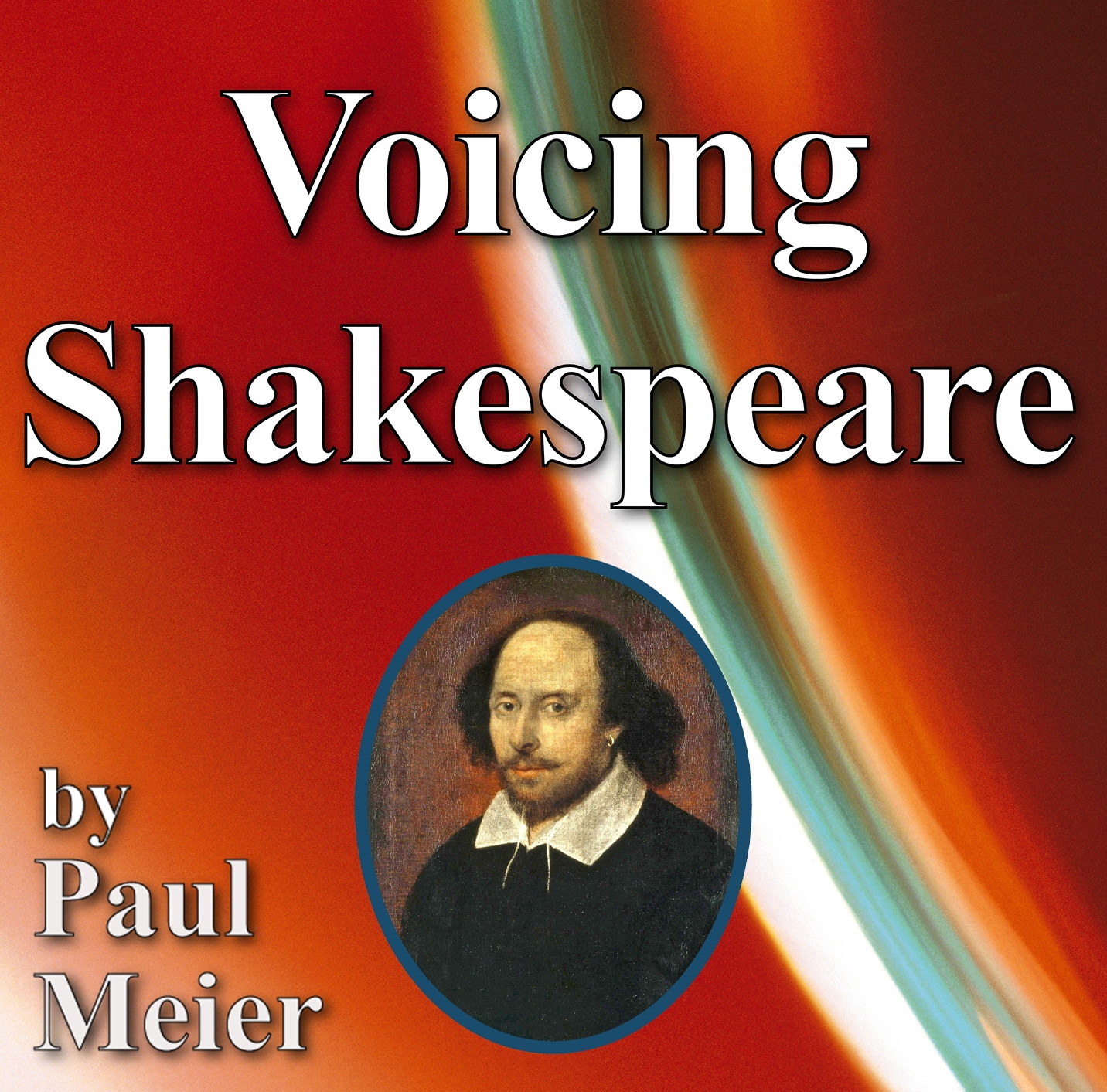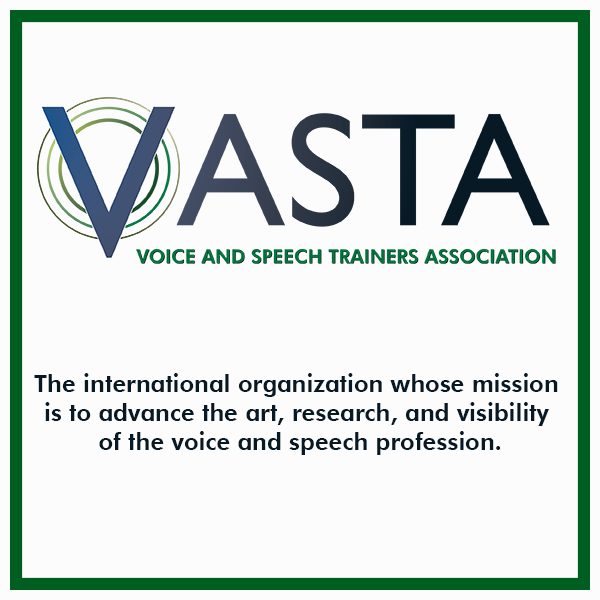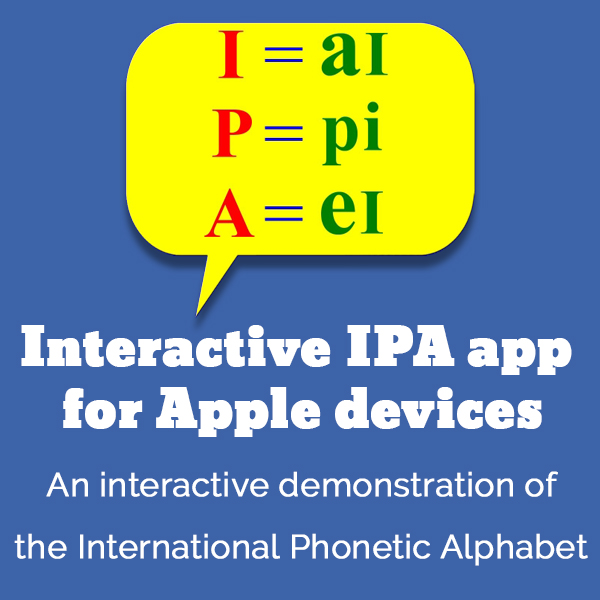Wisconsin 3
Listen to Wisconsin 3, a woman in her 30s from Burlington and Powers Lake, Wisconsin, United States. Click or tap the triangle-shaped play button to hear the subject.
Both as a courtesy and to comply with copyright law, please remember to credit IDEA for direct or indirect use of samples. IDEA is a free resource; please consider supporting us.
BIOGRAPHICAL INFORMATION
AGE: 30s
DATE OF BIRTH (DD/MM/YYYY): 1960s
PLACE OF BIRTH: Burlington, Wisconsin
GENDER: female
ETHNICITY: Caucasian
OCCUPATION: teacher’s aide
EDUCATION: By virtue of her profession, we can assume a college degree.
AREA(S) OF RESIDENCE OUTSIDE REPRESENTATIVE REGION FOR LONGER THAN SIX MONTHS:
The subject lived in Richmond, Illinois, for three years.
OTHER INFLUENCES ON SPEECH: N/A
The text used in our recordings of scripted speech can be found by clicking here.
RECORDED BY: Cynthia Blaise
DATE OF RECORDING (DD/MM/YYYY): 13/08/1999
PHONETIC TRANSCRIPTION OF SCRIPTED SPEECH: N/A
TRANSCRIBED BY: N/A
DATE OF TRANSCRIPTION (DD/MM/YYYY): N/A
ORTHOGRAPHIC TRANSCRIPTION OF UNSCRIPTED SPEECH:
Um, when I was 11, we moved from Pell Lake, Wisconsin, to Kenosha, Wisconsin. We lived there for a year and a half and moved to Powers Lake, Wisconsin. [I] lived there until I married Evan. We lived in Richmond, Illinois, for, uh, three years, and then we moved back to …
TRANSCRIBED BY: Jacqueline Baker
DATE OF TRANSCRIPTION (DD/MM/YYYY): 25/10/2007
PHONETIC TRANSCRIPTION OF UNSCRIPTED SPEECH: N/A
TRANSCRIBED BY: N/A
DATE OF TRANSCRIPTION (DD/MM/YYYY): N/A
SCHOLARLY COMMENTARY:
You will hear a tense fronted vowel in “arch” and “part” with strong “r” coloration; a much closer than GenAm vowel in “rain,” “day,” etc.; but not such a close vowel as Wisconsin 2 shows in “drop,” “hospital,” etc. This could be a generational difference.
COMMENTARY BY: Cynthia Blaise
DATE OF COMMENTARY (DD/MM/YYYY): 13/08/1999
The archive provides:
- Recordings of accent/dialect speakers from the region you select.
- Text of the speakers’ biographical details.
- Scholarly commentary and analysis in some cases.
- In most cases, an orthographic transcription of the speakers’ unscripted speech. In a small number of cases, you will also find a narrow phonetic transcription of the sample (see Phonetic Transcriptions for a complete list). The recordings average four minutes in length and feature both the reading of one of two standard passages, and some unscripted speech. The two passages are Comma Gets a Cure (currently our standard passage) and The Rainbow Passage (used in our earliest recordings).
For instructional materials or coaching in the accents and dialects represented here, please go to Other Dialect Services.
 IDEA: International Dialects of English Archive
IDEA: International Dialects of English Archive




